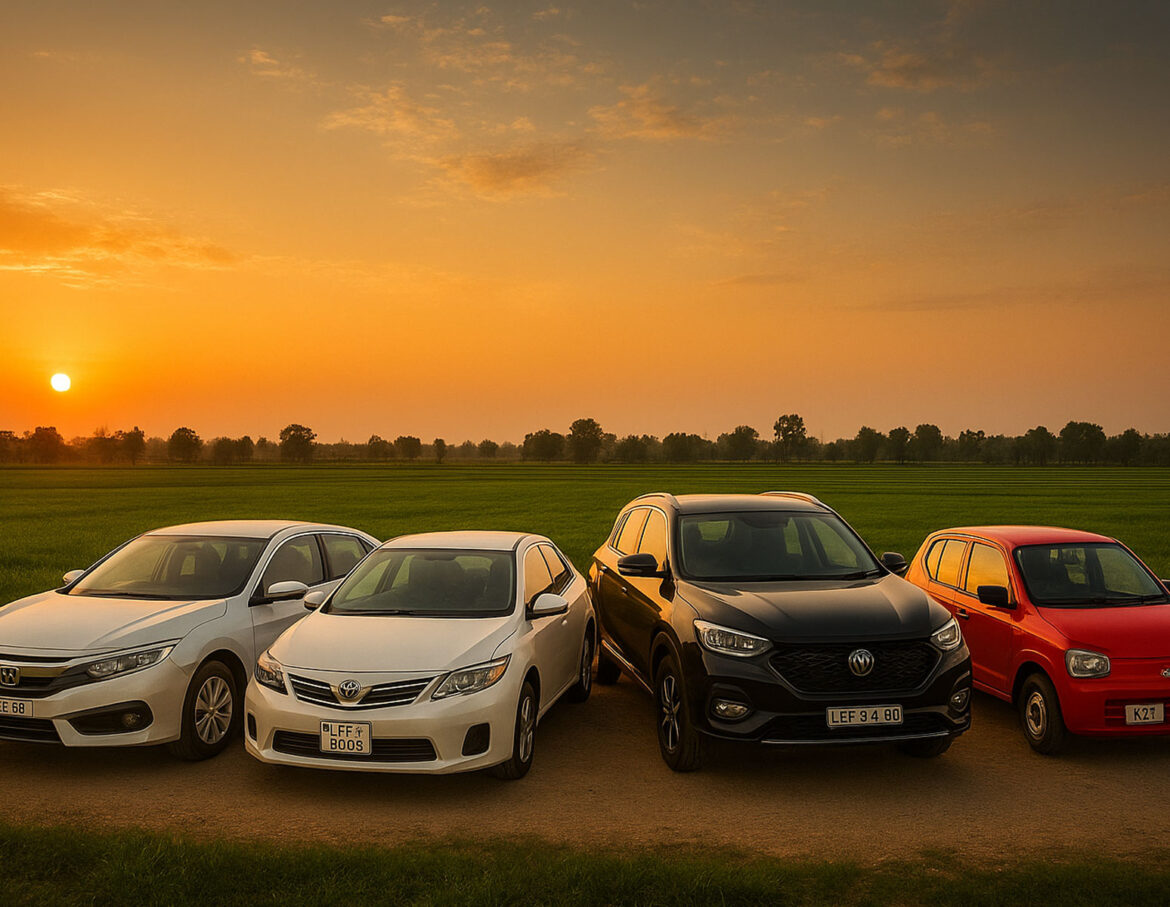Islamabad, October 10, 2025 — Pakistan’s auto industry has achieved a significant milestone, exporting 434 locally assembled vehicles to 20 countries over the past three years, according to the latest data released by the Engineering Development Board (EDB).
Milestone for Local Auto Manufacturing
The exported vehicles — including cars, SUVs, tractors, and two-wheelers — were shipped to markets across Asia, Africa, and Europe, reflecting growing global confidence in Pakistan’s automotive manufacturing capabilities.
The EDB report highlights that exports have steadily increased each year, showcasing the improvement in quality standards and competitive pricing by local assemblers.
Major destinations for these exports include Kenya, Nigeria, Bangladesh, Sri Lanka, Egypt, and the United Kingdom, among others.
Government’s Push for ‘Make in Pakistan’
Officials credit the success to the government’s “Make in Pakistan” initiative, which encourages domestic manufacturing and local value addition.
Minister for Industries and Production Rana Tanveer Hussain praised the achievement, stating:
“Pakistan’s growing footprint in international auto markets is a clear indicator of our industrial resilience and technological progress.”
He added that the government aims to expand automotive exports to 1,000 units annually within the next two years through targeted incentives and trade partnerships.
Private Sector Leading the Way
Leading assemblers such as Lucky Motor Corporation, Indus Motor, and Master Changan Motors have played a vital role in this growth, with several companies exporting right-hand drive vehicles and EV prototypes.
Industry experts note that Pakistani-made vehicles are gaining traction in developing countries due to affordability, durability, and low maintenance costs.
Challenges Ahead
Despite this progress, the auto sector still faces hurdles, including foreign exchange constraints, import restrictions on parts, and inconsistent export policies.
Analysts stress the need for long-term planning, localization of key components, and integration with global supply chains to sustain growth.



